The bloody story of Slovakia's Hungarian mafia
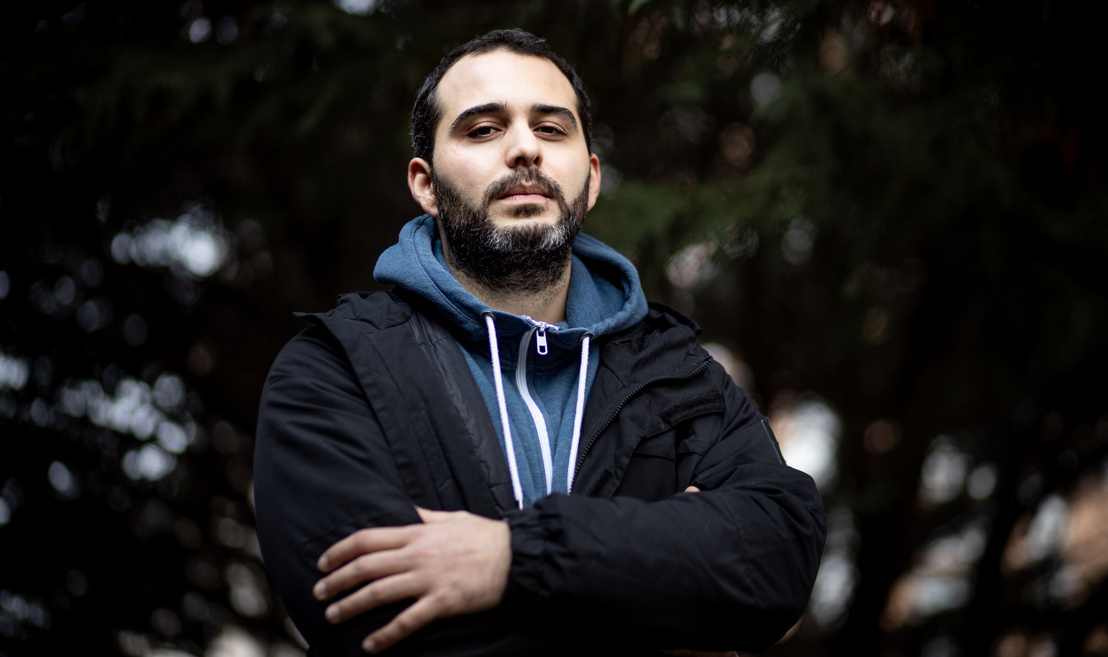
Though the trials in nine cases are already over, Slovakian police are still investigating thirty more murders that can be tied to the Hungarian mafia operating in Felvidék, the formerly Hungarian territory in Slovakia. In his book titled "The buried truth," Dunaszerdahely-based journalist Dávid Barak chronicled the history of Hungarian organised crime in Slovakia spanning from the fall of communism to present day. The story, full of horrifying details, is about the rise and fall of Tibor Pápay and Lajos Sátor, the bloodthirsty leaders of two rival gangs.
Index: The Hungarian mafia of the Csallóköz area was characterised by staggering brutality: bodies were ground up, a severed head was displayed in the middle of the city et cetera. The story in a nutshell: A gang led by mafioso Tibor Pápay used to rule Dunaszerdahely (in Slovakian: Dunajská Streda) in the years following the fall of communism, but this group was in bitter rivalry with the criminal organisation of Lajos Sátor. This conflict came to a bitter end in 1999, when masked gunmen entered the Fontana Bar in Dunaszerdahely and slaughtered all nine members of Pápay's group and Pápay himself, which became known as the 'murder of the tens." After this, Sátor's gang took over the local underworld and continued to rule until Sátor's 2010 death. How could Dunaszerdahely become such a blood-soaked place where reality oftentimes exceeded the goriness of classic gangster movies?
Dávid Barak: Well, this story surely exceeds Hollywood fiction. The Dunaszerdahely mafia committed unthinkable crimes and was amongst the most brutal criminal organisations of the world, but what is even more astounding is that twenty years had to pass since the murder of the tens until at least a part of what they did came to light. By now, Slovakian mafia bosses of the 1990s and the 2000s are long since dead or in prison, but members of the Hungarian mafia in Csallóköz walked free until 2016. A good explanation for that could be that the Hungarian community in Csallóköz is a society within a society. To begin with, Slovakians, the majority society, do not care much for Hungarians, and the 100 000 inhabitants of Csallóköz are a closed community, at least were a close community in recent decades. Since almost everybody speaks Hungarian, leadership positions of local administration had to be filled with people speaking Hungarian, therefore, they were locals, and in such a small region, you can always find some person you know in a good position. This greatly contributed to how easy it was to sweep certain things under the carpet.
Above all that, in the second half of the 90s, during the heyday of the Hungarian mafia, the powers of local police departments were greatly diminished and murder cases were investigated by county police departments - in Dunaszerdahely, that was the Nagyszombat county police.
Of course, they did not speak a word of Hungarian, and were completely lost - they were unable to solve the most significant crimes.
You mustn't forget that the Slovakian underworld was extremely ruthless, there were 80 bombings over six months in 1997. The situation in Csallóköz was made even worse by the closed community and the fact that criminals could easily hide behind the Hungarian language, and the majority society was mostly uninterested in the "southerners."
After the fall of communism, Slovakia went through similar things as Hungary, the gangsterism born from the wild capitalism of the era was present here as well, but it seems that Hungarian criminals in Slovakia were even more unscrupulous than their counterparts in Hungary. Why could that be?
The answer to that question could be connected to the fact that in comparison with Hungary, Slovakia had a much longer period when the "lights were off" and everybody, especially those close to the government had plenty of opportunities to steal. Just like elsewhere, privatisation, economic fraud, illegal oil businesses all went down with the cooperation of politics and the underworld, but making witnesses and stooges disappear was a daily practice in the Slovakia of the early 90s.
Secret services gradually let the mafia break loose, they got them to do their dirty work, which gave gangsters a certain immunity. In the "prematurely born" democracy of Slovakia, Vladimír Mečiar seized power, who was maybe the most crooked politician ever produced by the countries of the former eastern bloc, whose dubious legacy has left a mark on Slovakia's future. It's enough to say that after his former fellow party member, Slovakia's President Michal Kováč decided to part ways with him during the mid-90s, forcing Kováč into resignation became the top priority of the secret services. They tried to pressure Kováč through his son, who was subject to a criminal procedure in Germany in connection with economic crimes, but due to a lack of extradition agreements, could move freely in Slovakia.
Then in 1995, a secret service commando kidnapped and beat him, got him blackout-drunk, and left him in his car next to an Austrian police HQ, telling policemen that a wanted criminal is sleeping in their parking lot.
Not to mention that after a service member wanted to testify about the kidnapping, he was forced into exile, and there is proof that secret services sent agents to liquidate him. In the end, he survived, but a close friend and contact of his, Róbert Remiáš was murdered when his car was blown up in Bratislava in 1996.
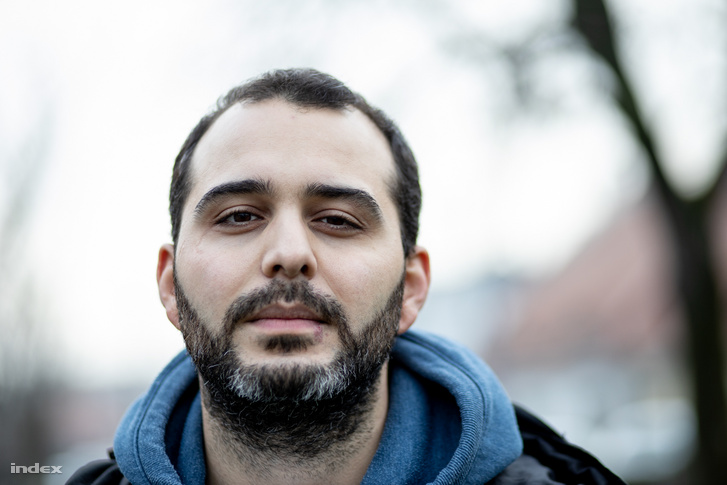
What was the Hungarian mafia of the 90s dealing in?
Invoice frauds were initially the most popular in Csallóköz - perpetrators took goods from state-owned factories with a promise to pay later, but they never did. Goods acquired in this manner were first sold by the criminals themselves, however, they ended up facilitating the emergence of an entire circle of entrepreneurs - businessmen then could legally sell the goods defrauded from the factories, which ranged from toothbrushes through fridges to even alcohol. Car thefts were also widespread, as well as the smuggling of stolen vehicles.
Later on, insurance fraud became fashionable as well, such as reporting a truckload of cigarettes missing from a warehouse that was never there in the first place. Then they got into 'oil blonding, (In a nutshell: Expensive gasoline and cheap heating oil were almost identical chemically, so heating oil was dyed red - criminal organisations removed the colouring and resold heating oil as gasoline at a huge profit, avoiding high import duties - Z.K.), and sold stolen gasoline as well. In the meantime, extortion money was also a significant source of revenue for the underworld, as those who did not want trouble were willing to pay, and they did not limit themselves to clubs and pubs, they threatened almost all kinds of business owners. Later, as violence had to be put on the backburner, VAT fraud became the next big thing, and in the age when there was no cap on cash payments and waybills were written by hand, there was no limit to this activity. The Dunaszerdahely mafia alone made hundreds of millions of Forints each month this way. And of course, contract killings were also a significant, though occasional source of income for the local mafiosos.
We know that the two godfathers, Tibor Pápay and Lajos Sátor were extraordinarily cruel people. But what was the difference between them, and what sort of skills did you need to become the head of a mafia in the Slovakia of the 90s?
The Slovakian underworld was typically ruled by the most ruthless killer of the given region, and Dunaszerdahely was no different in that regard.
Pápay just started to realise in the months before the murder of the tens that he should clean up traces leading to this clan from their earlier crimes, and that he had to tone down the terror he maintained in the streets as well. This would have all served the purpose of Pápay being able to rule the region as a "clean" man. But if you look at how almost none of the Slovakian godfathers of the nineties succeeded in clearing their names and most of them ended up dead or in jail, the odds were against him. And in 1999, the murder of the tens happened, where he died along with nine of his partners.
Lajos Sátor is a unique case, even in European comparison.
For ten years, he had everybody killed who was a threat to him in connection with the murder of the tens and other crimes.
With that and his eleven years of successfully fleeing from the authorities, he was the most feared man in Slovakia.
The Hungarian mafia of Felvidék often murdered the "white horses," as they called the poor souls whom they nominated as stooges in various sketchy companies. How many of these stooges did they kill?
The number of missing people in Csallóköz was really high in nationwide comparison. The numbers are somewhat distorted by the peak in suicides due to the rising prices, unemployment, and hopelessness that was characteristic of the years following the fall of communism, as some people went missing for this reason, but certain sources put the number of disappearances that can be tied to the Dunaszerdahely mafia until 1998 at 113. A significant portion of that number are the stooges, and when one such person went missing, everyone knew that it was because he "submitted his ID card" for some kind of business.
But the term "white horse" originates from the invoice fraud period. When the perpetrators - mostly Romas at first - were jailed for committing fraud under their own names, criminals realised that it's much better to find somebody who is not one of them - not a "black," but a "white" horse - and commit fraud under their name. When a stooge "did" so much "business" that it caught the eyes of the authorities, they simply made them disappear. It's horrible to say, but people were buried in the borders of Csallóköz one after the other, and when that became common practice, that was the point of no return.
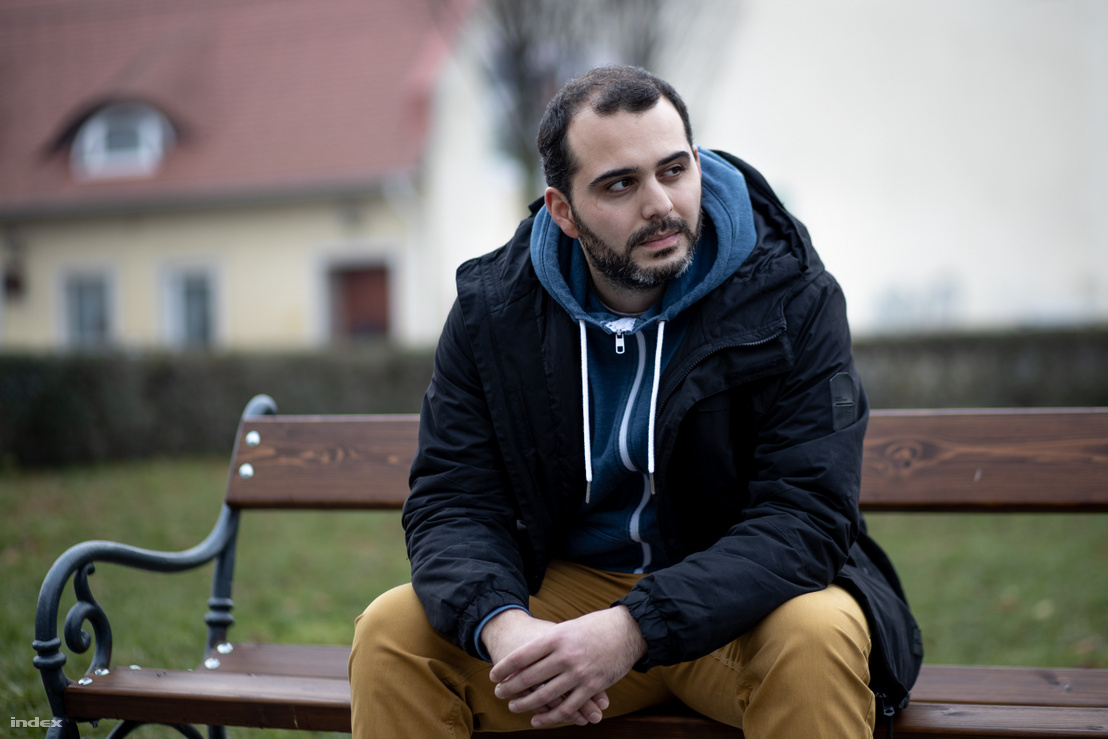
How were the Hungarian gangsters of Slovakia connected to the mafia in Hungary? Or with the Slovakian or Russian mafia? Your book mentions a Felvidék gangster who did not speak Slovakian and therefore, was unable to establish trust with people in Bratislava, unlike others who spoke the language well.
Knowledge of Slovakian is still low in areas where Hungarians live in blocs. If you don't have Slovakian friends or relatives, you will have a tough time learning Slovakian at school, and that is only made worse by the archaic regulation, due to which Hungarian schools cannot teach Slovakian as a second language, only with "state language" methodology. Some people live their entire lives without ever learning Slovakian, but there are obvious disadvantages to not being able to get yourself understood.
The big advantage Pápay's group had over Sátor's was their good command of the language, which allowed them to fit into the national hierarchy. But Pápay was not only a big player in Slovakia, but many orders for contract killings in Hungary also went through Dunaszerdahely, for instance, the ones committed by Jozef Roháč. If death had to be dealt, it was dealt from Szerdahely.
Russian presence in Slovakia was not as strong as it was in Hungary, but without the Slovakian state-owned oil company, the 'oiling' could never have grown to the size it eventually reached. The "black gold" reached Hungary through Sátor's group. Controlling this business was one of the main motivators behind the murder of the tens in 1999, Sátor wanted to regain the sector so they could make money both in Hungary and in Slovakia.
Sátor had a member of his own gang killed for becoming a heroin addict, as he felt that he is endangering the mafia. Were drugs a major factor in the life of the Hungarian mafia in Slovakia?
Drug use was not substantially different in these circles than anywhere else in the world - some did drugs, some did not. Lajos Sátor himself never did any, but many people in his immediate surroundings had serious issues with substance abuse, he had sent several of them to rehab. He had some people who could recover from their addiction to alcohol, cocaine, or speed, but Sátor did order the murder of his long-time friend himself, as his heroin addiction was bound to endanger the entire organisation after the murder of the tens. Those in Sátor's execution squad - the people killing and burying victims in the agricultural lands and forests of Csallóköz - were typically not users.
Were families of the gangsters aware of what their relatives are doing?
Several of the gangsters had orderly home lives, people in their environments often had no idea about the nature of their jobs. "We went home after that," perpetrators often said laconically in response to judges asking what they did after burying their victims in illegal graves. Everyone knew there was some kind of a criminal organisation in the background, families of gangsters often attended certain gatherings, birthday parties, and the likes. At the same time, I doubt that the relatives had any idea what the main source of the mafia's revenue was.
As for murders, those were all kept confidential, Sátor used to tell his people figuratively that if somebody speaks, he will suffocate them with his own pillow.
And people who let things slip or wanted to snitch to the authorities did indeed end up "disappearing."
One of the protagonists of your book is a policeman, Jaroslav Spišiak, who was a rather atypical element in the corrupt system built on fear that was characteristic of Slovakia in those times. He was not afraid of criminals, he was not corrupted, and to me, it seems like he was one of your sources helping you recollect these stories, he was very familiar with the Felvidék mafia and the Sátor- and Pápay gangs as well. Many people who stood up to the mafia ended up dead, how could he have stayed alive?
I was very glad that Jaroslav Spišiak, a policeman who went on to become the police chief of Dunaszerdahely and later of Slovakia, agreed to discuss the first ten years of his career with me. I think that this world cannot be introduced completely without mentioning the police and not only the criminals, that is the only way the reader can get a complex picture of the age, and that is how they can draw the appropriate consequences after learning about the past.
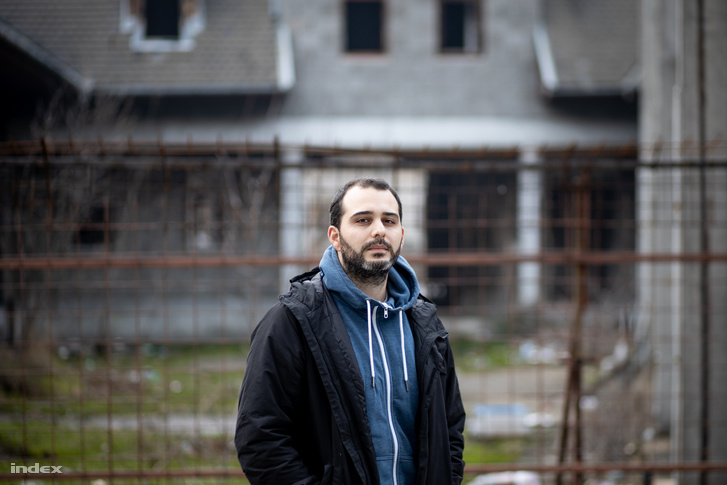
Documented, there were five attempts on Spišiak's life, but to his luck, he was always well-informed. The mafia subsequently chose a more quiet method to employ against him, they bribed one of his top aides, the leader of the detective group investigating the 1999 murder of the tens, turning him into an ally of the mafia - killing Spišiak was therefore no longer necessary. He always had to leave the force due to changes in government, first when Smer gained power in 2006, and then once again in 2012.
The other half of the book mostly consists of things said during the Csallóköz mafia trial that is set to conclude this year, I covered the minutes of forty trial sessions. By the way, the procedure was the largest mafia trial of Slovakia's history, there were eight accused and the investigation was documented on over 24 000 pages.
But interviews, old court decisions and minutes were also necessary to show the connections, and I also used information from the contemporary press coverage.
It's widely known that the Slovakian secret service used the Slovakian gangsters. But it's also common knowledge that some of the Felvidék godfathers, including people around Lajos Sátor, used fake secret service badges. What do you think, to what extent did secret services help the underworld, and was it Pápay or Sátor whose gang had closer ties to the services?
In the 90s, secret services still maintained a direct relationship with the underworld, and it was Pápay who managed to gain a prominent spot in this structure. Of course, that was also because he did not want to grow too big: instead of the gigantic privatisations, he was happy with ruling the streets while the money rolled in. But both secret services and the criminal underworld took him seriously due to his assertive personality, he was a good strategist. Lajos Sátor was different: he only became a boss in the 200s, but he had an international arrest warrant against him all throughout his decade-long "executive" career, and that was unique not only in Slovakia but in Central Europe as well. But that way, state authorities could not afford to hire his services. Hopefully... At the same time, more people helped Sátor, he had people serving his interests in the police and in secret services, which is why he was never captured, despite almost never leaving Slovakia.
Why did secret services cooperate with the criminal underworld?
The 1995 kidnapping and the subsequent murder are typical examples. The explanation may be as simple as this: the leaders of the system stooped so low that they did not refrain from murder in order to attain their political goals, for example, during the era of extremely profitable privatisation. They profited from the underworld, and the underworld profited from them. Today, that might be history, though filmmaker Zuzana Piussi just premiered a documentary on the present of Slovakian secret services titled "The State Capture".
It points out exactly how wicked secret services still operate here,
as one of their chief activities is still the collection of compromising information that can later be used to blackmail politicians or other public figures.
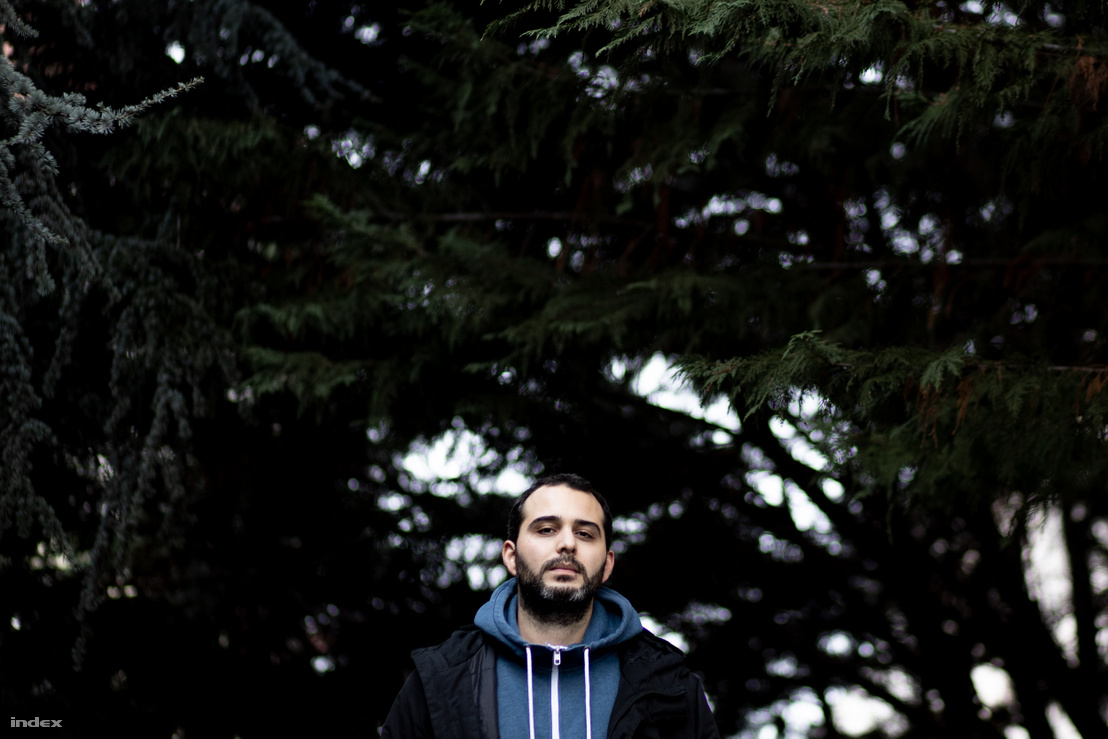
Can the final death-tally of the Pápay- and Sátor-clans be estimated?
After the living members of the Sátor gang were captured in 2016 and it slowly became apparent to them that the only way to get a reduced sentence is to reveal everything, a lot of murders could finally be solved. There are final sentences on nine murders, but police are still investigating thirty more murders, and they will likely press charges. But this number is far from final, as these are murders initiated by Sátor or his immediate environment, and they do not include the contract killings the gang committed for other criminal organisations or businessmen. And it seems that they did a lot of those.
Some surviving members of the Felvidék mafia (including Lehel Horváth, an eccentric figure who owns a pet lion and who eventually shot Sátor) defend themselves by saying that they did not have a choice: they either obeyed Sátor, or they would have been killed. Is that a credible defence?
Any accused may try to defend themselves as they wish, but it's true that with time, people around Sátor started to fear each other more and more, and Sátor was responsible for that. Murder was the solution to everything: He had not only stooges and witnesses, but his own employees and friends killed if he felt like they could pose a threat to him. After he had his right-hand, Andor Reisz murdered in 2006 right in front of other members of his gang, it was clear to everyone what they could expect if they were to step out of line. Ultimately, he ended up paying a heavy price for that.
A leader of the gang contacted the police in 2010 to turn Sátor in, but he was so afraid that the boss might find out about his plans that he and Horváth decided to just execute Sátor themselves.
In 2016, the entire thing started when Lehel Horváth was so afraid of his former accomplice that he decided to go to the police. Fear controlled everyone, and though several gangsters fled abroad and never returned, it was really difficult to leave Sátor with your life. But this is a circle that you should not quit, you shouldn't get into it in the first place, responsibility may be buried somewhere around there. Literally.
In your book, you mention Sándor Haris, or as he was known in the underworld, Turek. He is not a Slovakian Hungarian, but of all the Hungarian gangsters, he had the closest relationship with the Hungarian mafia of Slovakia, and as we could learn from your book, he was involved in some heavy things in Slovakia too. In Hungary, Turek was the best friend and accomplice of György Döcher, a.k.a. Bonehand, who was murdered (along with his Bulgarian bodyguard) in 1999 in Budapest by a Slovakian Hungarian known as "Paprika," who himself was a close friend of Turek. The Dunaszerdahely murder of the tens, also committed by Sátor's gang, happened right after Bonehand was killed. Is it true that Turek is one of the suspects of the murder of the tens? What information is available on the current status of the investigation?
Given the stature of the murder of the tens, the investigation was closed incredibly fast. The suspects the police managed to capture were placed in provisional detention as early as the summer of 2000, but the court procedure was slow: five years were not enough for the court to produce a sentence after the suspects were indicted in 2003. With that, the five-year maximum term of provisionary detainment passed, and the suspects could walk free - with time, Sátor had them killed, though one of them did die in a traffic accident. Ten years after the turn of the millennia, an overwhelming majority of suspects and witnesses were already dead.
An international arrest warrant was out on Lajos Sátor for more than a decade, and after his death in 2010, the investigation was reopened and it is currently ongoing as of today. Police published a list of suspects on the 20th anniversary of the murder of the tens, only three on the list were still alive, and one of them is indeed Turek, or at least that is what seems to be the case based on the initials of the names on the list. We are yet to see whether or not they will actually press charges.
(Cover: Dávid Barak. Photo: Aradi László / Index)
This article is a direct translation of the original interview published in Hungarian by Index.

Support the independent media!
The English section of Index is financed from donations.


